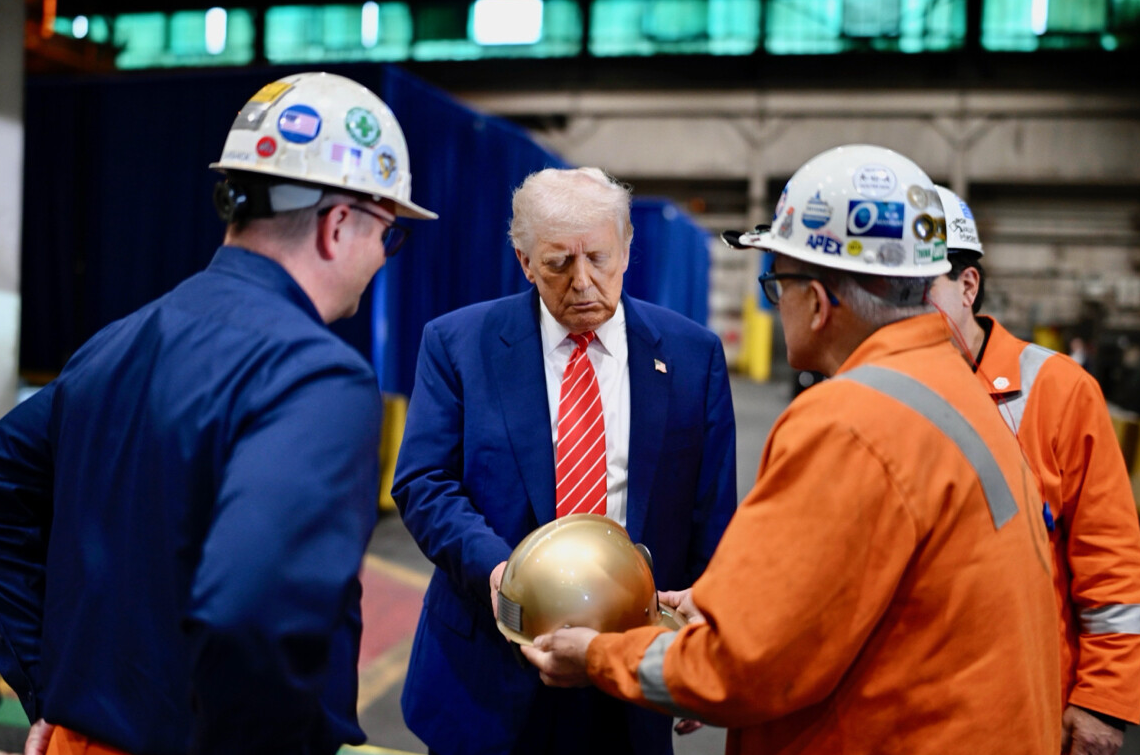
In a major move that could shake up global trade dynamics, President Donald Trump has announced a significant increase in tariffs on steel and aluminum imports into the United States. Steel tariffs will be doubled from 25% to 50%, and similar hikes are expected for aluminum. While the official reasoning is to curb cheap imports, primarily from China—the world’s largest producer of both steel and aluminum—this move will have broader implications across the global metal markets, including India.
The United States cannot impose tariffs solely on China without risking retaliation and a fresh trade war. In fact, history has shown that when the US tried targeting only Chinese goods, China responded with increased tariffs on American imports, escalating tensions. This time, Trump has opted for a wider approach by applying the 50% tariffs to all steel and aluminum imports, making it harder for China to accuse the US of unfair trade targeting.
President Trump, through his post on Truth Social, emphasized the economic boost this move is expected to bring. He stated, “This will be a planned partnership between United States Steel and Nippon Steel, which will create at least 70,000 jobs and add 14 billion dollars to the U.S. economy.” Clearly, this announcement is aimed at reshaping the US manufacturing landscape, bringing in more domestic production and reducing dependence on foreign steel and aluminum.
But while this may benefit US producers, the ripple effects on the global market—particularly for countries like India—are worth watching closely.
China, being the largest producer, will now find it harder to export to the US due to these steep tariffs. Historically, when such barriers are imposed, Chinese exporters look to alternative markets to offload their surplus. India and European nations are likely destinations. This opens the door to potential dumping of Chinese steel at extremely low prices in these regions.
For Indian metal giants like Tata Steel, JSW Steel, and Hindalco, this poses a dual challenge. First, they may face increased pricing pressure due to an influx of cheap Chinese metal. Second, domestic demand could shift toward these lower-cost imports, hurting profitability.
In such scenarios, Indian metal producers often turn to the government for relief through anti-dumping duties. If there is a sudden surge in cheap steel and aluminum imports from China, Indian companies are expected to urge authorities to impose protective duties to level the playing field. This would help protect domestic industries from being undercut by artificially low prices.
The management commentary from Indian steel producers will be crucial in the coming days. Investors and policymakers will be closely watching what Tata Steel, JSW Steel, Hindalco, and others say about this global development. Their views on potential price wars, input costs, export opportunities, and strategies to maintain margins in the face of increased Chinese competition will set the tone for the sector’s outlook.
In summary, Trump’s decision to hike tariffs is not just a US-China issue—it could reshape global metal flows. India’s metal companies are now at a crossroads, facing both risks and opportunities. The next steps from the Indian government and corporate boardrooms will determine whether the industry can weather this storm or benefit from it.
Disclaimer:
This article is for informational purposes only and does not constitute investment advice. Readers are advised to conduct their own research or consult a financial advisor before making any investment decisions. The views expressed are based on current events and may change as new information emerges.




